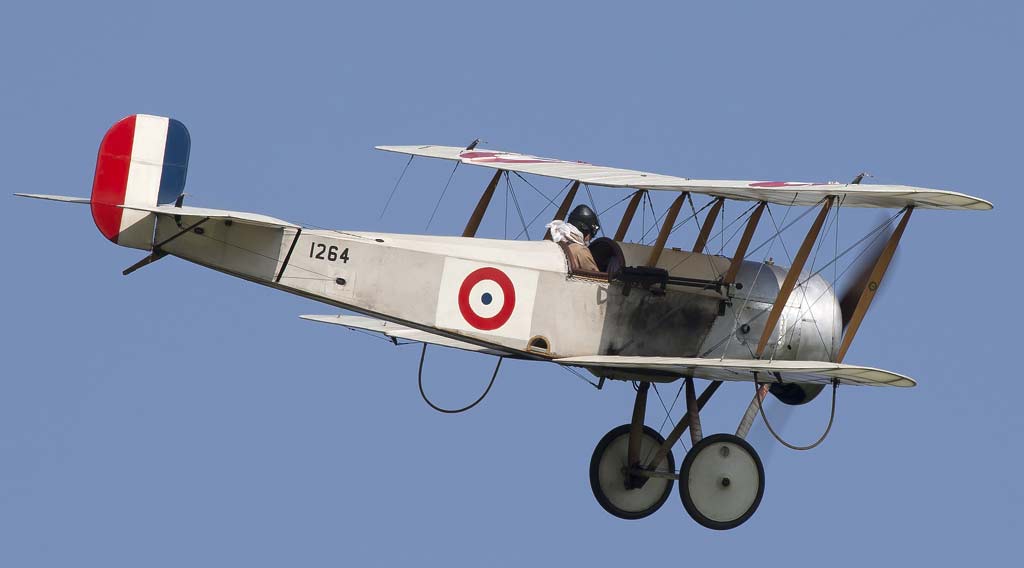Dive into the history, design, performance, and military use of the Bristol Scout, a pioneering aircraft of WWI. Explore its legacy and significance in aerial combat.
The Bristol Scout was a pivotal aircraft in World War I, known for its agility and versatility. Developed in the early stages of aerial warfare, it played both reconnaissance and combat roles. This article examines its development history, design, performance, and military applications. As World War I reshaped modern warfare, there was a profound need for rapid intelligence gathering and new combat tactics. The Bristol Scout emerged as a solution, bridging the gap between traditional reconnaissance and the escalating demands of aerial combat.
History of the Development of the Bristol Scout
At the onset of the 20th century, the era of aviation was in its infancy. As tensions in Europe escalated, the importance of aerial reconnaissance became evident. The Bristol Aeroplane Company recognized this strategic gap and initiated the development of a light, fast, and maneuverable aircraft: the Bristol Scout.
Launched in 1914, the Bristol Scout was initially conceived as a racing aircraft. However, with the outbreak of World War I, its purpose swiftly shifted towards military applications. On 23rd February 1914, it took to the skies for the first time.
The Bristol Scout didn’t have a NATO nickname as the NATO alliance was only established in 1949, long after the aircraft’s inception and service.
Design of the Bristol Scout
With a wingspan of 24 feet 7 inches (7.5 meters) and a length of 20 feet 8 inches (6.3 meters), the Bristol Scout was compact. It had a traditional biplane configuration with staggered wings, which enhanced pilot visibility and aircraft agility.
Made primarily of wood and fabric, it was lightweight, weighing approximately 757 lbs (343 kg) when empty. The Scout’s compact design allowed for swift maneuvers, crucial for dodging enemy fire and engaging in dogfights.
However, the initial design had limitations, especially in terms of armament placement, due to the propeller’s interference. Over time, modifications were made, including the synchronization of the machine gun with the propeller, enabling forward firing without damaging the blades.

Performance of the Bristol Scout
Powered by a Le Rhône rotary engine that delivered around 80-100 hp, the Bristol Scout could reach a top speed of approximately 100 mph (161 km/h). Its service ceiling was about 15,000 feet (4,572 meters), and it had a range of roughly 250 miles (402 km).
Compared to its contemporaries, the Scout was among the faster aircraft, but its edge lay in its agility rather than sheer speed. However, as the war progressed, newer aircraft began to overshadow its capabilities.
Military Use and Combat of the Bristol Scout
Initially deployed for reconnaissance, the Bristol Scout quickly transitioned to combat roles. Its lightweight frame and agility made it suitable for dogfights.
Armed with a .303 Lewis gun, the Scout was among the first British aircraft to engage in aerial combat. It faced adversaries like the Fokker Eindecker, which had the advantage of a synchronized machine gun.
The Bristol Scout saw operations on various fronts, including the Western and Eastern fronts, and the Dardanelles. While it proved effective in the early war years, advancements in enemy aircraft design soon reduced its combat efficacy.
The aircraft wasn’t significantly exported or sold to other countries. By war’s end, newer aircraft designs had rendered the Scout obsolete. It was eventually phased out and replaced by more advanced models.
The Bristol Scout played a pivotal role in the early years of aerial warfare. While it was eventually surpassed by newer designs, its contributions to WWI aerial combat and reconnaissance remain a testament to its importance in aviation history.
Back to the fighter jet section.